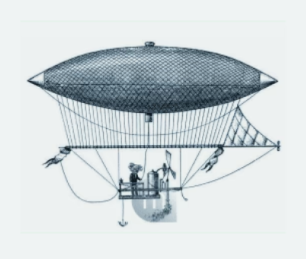When you want to start diversifying your baby's diet, a whole bunch of questions arise about the introduction of these solid foods. This is quite normal, it is a major step in the dietary development of your little explorer.
It’s a turning point, and an exciting time that opens the door to a world of new flavors and textures. However, it can also be a little daunting for new parents. How do you know if your child is ready? What foods should you offer first? How can you make this transition a positive experience? Here are some tips and steps to help you navigate this new phase smoothly.
Signs of Readiness
Before you make the leap to solid foods, it's crucial to make sure your little explorer is ready. Here are some signs of readiness that can help guide you:
- Good head support : Your child needs to be able to hold their head steady, which is essential for safe eating.
- Interest in food : Observe whether your child shows interest in what you are eating, whether he or she reaches for your food, or whether he or she opens his or her mouth when food approaches.
- Ability to put objects in his mouth : This is a sign that your child is ready to explore food on his own.
First Foods to Introduce
Introducing solid foods is an adventure that often begins with simple, easy-to-digest foods:
- Baby cereals : rich in iron and essential nutrients, they are often recommended as a first solid food. You can choose gluten-free cereals if necessary.
- Vegetable purees : Opt for mild vegetables like carrots, squash or sweet potatoes. They are not only nutritious but also easy to turn into a smooth puree.
- Pureed fruits : Fruits like banana, pear or apple are good choices. They offer a new flavor palette and are also easy to digest.
How to proceed?
Introducing solid foods requires a patient and observant approach:
- Choosing utensils : Use soft spoons and unbreakable bowls (like the Sigikid Koala Bowl ) to avoid any risk of injury and reduce breakage. Silicone spoons are often recommended for the first meals.
- Atmosphere : Make sure to create a calm and positive atmosphere during mealtimes. This will help your child associate food with a pleasant experience.
- Encouragement : Encourage your child to explore foods, but never force them to eat. The important thing is that they discover at their own pace.
Sensory discovery
Introducing solid foods is also a sensory adventure. Scent books (like those available on our E-shop) are fun tools that can enrich this experience. They will awaken your little explorer's curiosity and sense of smell, while offering him a fun introduction to the different colors and smells of the foods he will discover.
During your walks, in the forest, or in parks and gardens, don't hesitate to show, smell and talk about everything that is edible with your little explorer. And if you have a vegetable garden nearby, it's the perfect place after cooking to give him a taste for food. Seeing them grow, or preparing them with you, there's nothing better to make him want to eat them afterwards.



